Home>Home Appliances>Heating & Cooling>How To Vent A Flueless Central Forced Hot Air Heating System
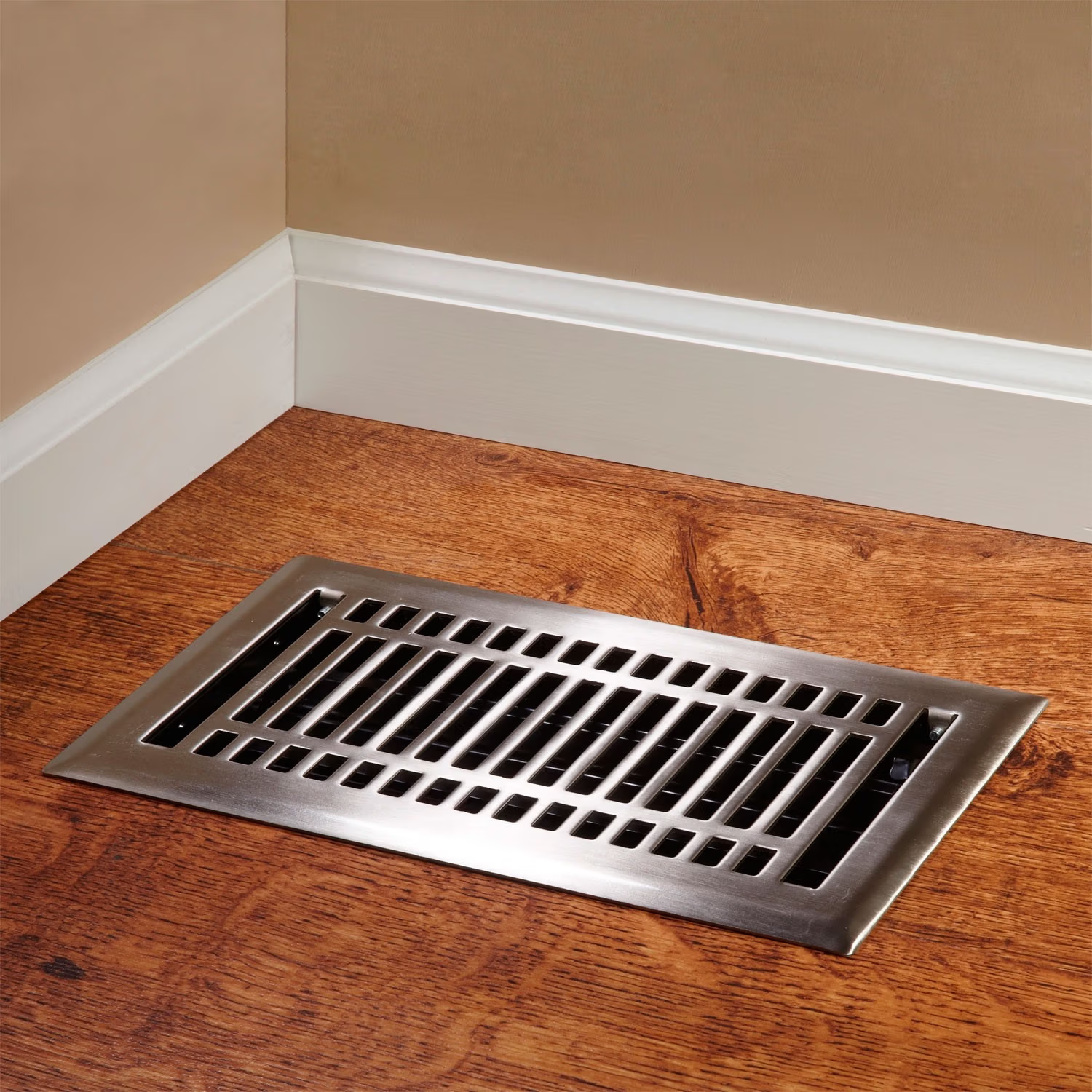

Heating & Cooling
How To Vent A Flueless Central Forced Hot Air Heating System
Modified: February 17, 2024
Learn how to properly vent a flueless central forced hot air heating system for efficient heating and cooling. Expert tips and guidelines for safe and effective installation.
(Many of the links in this article redirect to a specific reviewed product. Your purchase of these products through affiliate links helps to generate commission for Storables.com, at no extra cost. Learn more)
Introduction
Flueless central forced hot air heating systems have revolutionized the way we heat our homes and commercial spaces. Unlike traditional heating systems that rely on a chimney or flue to expel combustion byproducts, flueless systems utilize a sealed combustion chamber to efficiently generate and distribute heat. This innovative approach not only maximizes energy efficiency but also minimizes the risk of indoor air pollution, making it a popular choice for modern heating solutions.
In this comprehensive guide, we will delve into the intricacies of venting a flueless central forced hot air heating system. From understanding the fundamental principles of these systems to outlining the ventilation requirements and providing step-by-step instructions for proper venting, this article aims to equip homeowners and HVAC professionals with the knowledge and insights needed to ensure the safe and effective operation of flueless heating systems.
As we embark on this exploration, it's essential to recognize the significance of proper ventilation in flueless heating systems. By facilitating the intake of fresh air for combustion and the expulsion of combustion byproducts, ventilation plays a pivotal role in maintaining indoor air quality and safeguarding the well-being of occupants. With this in mind, we will unravel the key considerations and best practices for venting flueless central forced hot air heating systems, empowering readers to make informed decisions and take proactive measures to optimize their heating setups.
Join us on this journey as we unravel the complexities of venting flueless central forced hot air heating systems, shedding light on the essential steps and precautions necessary to uphold the efficiency, safety, and longevity of these innovative heating solutions.
Key Takeaways:
- Venting a flueless central forced hot air heating system is crucial for maintaining indoor air quality and ensuring the safe and efficient operation of the innovative heating solution. Proper ventilation involves intake of fresh air for combustion and the safe expulsion of combustion byproducts.
- To properly vent a flueless central forced hot air heating system, homeowners and HVAC professionals should meticulously follow manufacturer specifications and local building codes, identify optimal vent locations, install combustion air intake and flue gas exhaust vents, ensure proper sealing and insulation, conduct thorough testing and inspection, and schedule regular maintenance and monitoring.
Read more: How To Add Central Air To Forced Air Heating
Understanding Flueless Central Forced Hot Air Heating Systems
Flueless central forced hot air heating systems represent a groundbreaking advancement in the realm of heating technology. Unlike traditional heating systems that rely on a chimney or flue to expel combustion byproducts, flueless systems operate on a sealed combustion principle, effectively containing the combustion process within a designated chamber. This innovative approach not only enhances energy efficiency but also mitigates the risk of indoor air pollution, making it a compelling choice for modern heating solutions.
At the core of flueless central forced hot air heating systems is the utilization of a sealed combustion chamber, which serves as the focal point for the generation and distribution of heat. Within this chamber, the combustion of fuel, typically natural gas or propane, takes place in a controlled environment, ensuring optimal efficiency and safety. The heat produced during combustion is then transferred to the air, which is subsequently circulated throughout the living or working space via a network of ducts and vents, delivering consistent warmth and comfort.
One of the defining features of flueless heating systems is their ability to operate without the need for a traditional chimney or flue. Instead, they are designed to draw combustion air from the surrounding environment and expel combustion byproducts directly outside through a dedicated venting system. This streamlined approach not only simplifies installation but also minimizes heat loss and maximizes the utilization of fuel, resulting in significant energy savings and reduced environmental impact.
Furthermore, flueless central forced hot air heating systems are engineered to adhere to stringent safety standards, incorporating advanced mechanisms to monitor and regulate the combustion process. From automatic shutoff features in the event of irregularities to built-in safeguards against carbon monoxide buildup, these systems are meticulously designed to prioritize the well-being of occupants and ensure reliable, worry-free operation.
By understanding the fundamental principles of flueless central forced hot air heating systems, homeowners and HVAC professionals can appreciate the innovative technology that underpins these heating solutions. This knowledge forms the foundation for effectively managing and maintaining flueless systems, empowering individuals to harness the benefits of efficient, clean, and safe heating in their residential and commercial spaces.
Ventilation Requirements for Flueless Central Forced Hot Air Heating Systems
Proper ventilation is paramount for the safe and efficient operation of flueless central forced hot air heating systems. These innovative heating solutions rely on a continuous supply of fresh air for combustion and the effective expulsion of combustion byproducts to maintain indoor air quality. Understanding the ventilation requirements is essential for homeowners and HVAC professionals to ensure the optimal performance and safety of flueless heating systems.
The ventilation requirements for flueless central forced hot air heating systems encompass two primary aspects: combustion air intake and flue gas exhaust. Firstly, these systems necessitate a reliable source of combustion air to support the burning of fuel within the sealed combustion chamber. This intake of air is typically facilitated through dedicated vents or ducts that draw in fresh outdoor air, providing the essential oxygen required for the combustion process. By ensuring an unobstructed and sufficient supply of combustion air, homeowners can safeguard against potential issues such as incomplete combustion or the accumulation of harmful byproducts.
In parallel, the effective exhaust of flue gases, including carbon monoxide and other combustion byproducts, is critical for maintaining indoor air quality and preventing potential health hazards. Flueless heating systems are designed to expel these gases directly outside through specialized venting systems, ensuring that they do not accumulate within the living or working space. This exhaust process is typically facilitated by vent pipes or ducts that safely convey the flue gases away from the property, minimizing the risk of exposure to harmful emissions.
Moreover, it is imperative to adhere to manufacturer specifications and local building codes when determining the ventilation requirements for flueless central forced hot air heating systems. These guidelines often outline the specific dimensions, locations, and clearances for combustion air intake and flue gas exhaust vents, ensuring compliance with safety standards and optimal system performance. By meticulously following these requirements, homeowners and HVAC professionals can mitigate potential risks and uphold the integrity of the heating system.
In essence, the ventilation requirements for flueless central forced hot air heating systems are integral to their safe and efficient operation. By prioritizing the intake of combustion air and the proper exhaust of flue gases, individuals can maintain a healthy indoor environment while maximizing the performance and longevity of these innovative heating solutions. Understanding and fulfilling these ventilation requirements is a proactive step towards ensuring the well-being and comfort of occupants while harnessing the benefits of flueless heating technology.
Steps to Properly Vent a Flueless Central Forced Hot Air Heating System
-
Assess Ventilation Requirements: Begin by thoroughly reviewing the manufacturer's specifications and local building codes pertaining to the ventilation of flueless central forced hot air heating systems. These guidelines typically outline the specific dimensions, locations, and clearances for combustion air intake and flue gas exhaust vents, serving as a crucial reference for the installation process.
-
Identify Optimal Vent Locations: Carefully determine the most suitable locations for the combustion air intake and flue gas exhaust vents. Factors such as proximity to the heating unit, accessibility for maintenance, and compliance with safety regulations should be taken into account. Additionally, consider the layout of the property and the potential impact of vent placement on aesthetics and functionality.
-
Install Combustion Air Intake Vents: Establish dedicated vents or ducts to facilitate the intake of fresh outdoor air for combustion. Ensure that these intake vents are unobstructed and positioned to provide an ample supply of oxygen to support the combustion process within the sealed chamber. Adhere to the specified dimensions and clearances to optimize the efficiency and safety of the ventilation system.
-
Implement Flue Gas Exhaust Vents: Set up vent pipes or ducts to safely expel flue gases, including carbon monoxide and combustion byproducts, outside the property. The design and installation of these exhaust vents should prioritize the effective removal of harmful emissions while minimizing the potential for backdraft or blockages. Verify that the exhaust vents comply with regulatory requirements and are positioned to prevent exposure to occupants.
-
Ensure Proper Sealing and Insulation: Pay meticulous attention to the sealing and insulation of venting components to prevent air leaks and heat loss. Properly seal joints and connections to maintain the integrity of the ventilation system, minimizing the infiltration of outdoor air and optimizing the efficiency of the heating system. Additionally, consider insulation measures to prevent condensation and enhance the overall performance of the vents.
-
Conduct Thorough Testing and Inspection: Upon completing the installation of the ventilation system, perform comprehensive testing and inspection to validate its functionality and compliance with safety standards. Verify the proper operation of combustion air intake and flue gas exhaust vents, ensuring that they facilitate the necessary air exchange without compromising indoor air quality. Address any identified issues promptly to uphold the effectiveness of the venting system.
-
Schedule Regular Maintenance and Monitoring: Establish a routine maintenance schedule to inspect and maintain the ventilation components of the flueless heating system. Regularly monitor the combustion air intake and flue gas exhaust vents for signs of obstruction, damage, or deterioration, taking proactive measures to address any concerns. By prioritizing ongoing maintenance, homeowners can sustain the optimal performance and safety of the ventilation system.
By following these meticulous steps, homeowners and HVAC professionals can effectively vent a flueless central forced hot air heating system, ensuring the seamless operation and safety of this innovative heating solution. Prioritizing proper ventilation is a proactive measure that contributes to the longevity, efficiency, and reliability of flueless heating systems, ultimately enhancing the comfort and well-being of occupants.
Maintenance and Safety Considerations for Flueless Central Forced Hot Air Heating Systems
Maintaining the optimal performance and safety of flueless central forced hot air heating systems is paramount for ensuring the well-being of occupants and the longevity of the heating infrastructure. By adhering to comprehensive maintenance practices and prioritizing safety considerations, homeowners and HVAC professionals can uphold the efficiency and reliability of these innovative heating solutions.
Regular Inspection and Cleaning
Routine inspection and cleaning procedures are essential for preserving the functionality of flueless heating systems. It is imperative to inspect the combustion air intake and flue gas exhaust vents for any obstructions, blockages, or signs of deterioration. Additionally, cleaning these ventilation components to remove debris, dust, or potential buildup is crucial for maintaining unimpeded airflow and preventing operational issues.
Monitoring Combustion Efficiency
Monitoring the combustion efficiency of flueless heating systems is a proactive measure to ensure optimal performance and safety. Regular assessment of combustion processes, including the flame characteristics and the absence of abnormal odors or emissions, can provide valuable insights into the system's functionality. Any deviations from expected combustion behavior should be promptly addressed to mitigate potential safety risks and uphold efficient operation.
Carbon Monoxide Detection
Given the reliance on combustion for heat generation, flueless heating systems necessitate vigilant carbon monoxide detection measures. Installing and regularly testing carbon monoxide detectors in proximity to the heating unit and living spaces is imperative for early detection of potential hazards. Swift response to carbon monoxide alerts can avert dangerous situations and safeguard occupants from the harmful effects of this odorless, colorless gas.
Professional Maintenance Services
Engaging qualified HVAC professionals for periodic maintenance and servicing of flueless heating systems is instrumental in ensuring comprehensive care and adherence to manufacturer recommendations. Professional technicians can conduct thorough inspections, assess the integrity of ventilation components, and perform essential adjustments or repairs to uphold the safety and efficiency of the heating system. Additionally, professional maintenance services contribute to the early identification and resolution of potential issues, minimizing the risk of system malfunctions.
Read more: Where To Put Vents For Forced Air Heating
Compliance with Safety Standards
Adhering to established safety standards and regulations is non-negotiable when maintaining flueless central forced hot air heating systems. This encompasses compliance with ventilation requirements, adherence to local building codes, and the installation of safety devices such as pressure relief valves and automatic shutoff mechanisms. By upholding these standards, homeowners can mitigate safety risks and ensure the lawful and secure operation of their heating systems.
Ongoing Education and Awareness
Continual education and awareness regarding the safe operation and maintenance of flueless heating systems are pivotal for homeowners and occupants. Providing clear guidelines and instructions on system usage, safety protocols, and emergency procedures fosters a proactive approach to safety. Additionally, promoting awareness of potential hazards and the importance of regular maintenance cultivates a culture of responsibility and attentiveness towards the well-being of individuals within the property.
By integrating these maintenance and safety considerations into the care of flueless central forced hot air heating systems, homeowners and HVAC professionals can uphold the integrity, efficiency, and safety of these advanced heating solutions. Prioritizing proactive maintenance and safety measures not only enhances the performance and longevity of the heating system but also fosters a secure and comfortable indoor environment for occupants.
Frequently Asked Questions about How To Vent A Flueless Central Forced Hot Air Heating System
Was this page helpful?
At Storables.com, we guarantee accurate and reliable information. Our content, validated by Expert Board Contributors, is crafted following stringent Editorial Policies. We're committed to providing you with well-researched, expert-backed insights for all your informational needs.
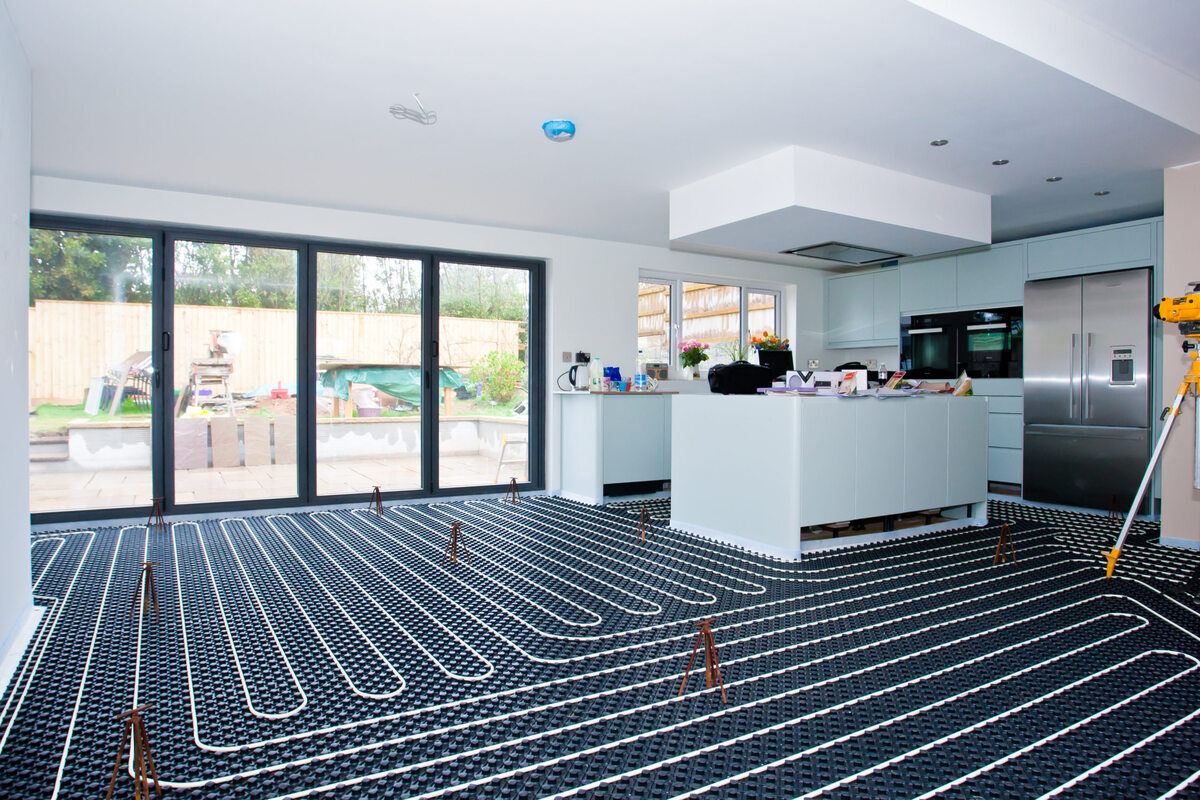
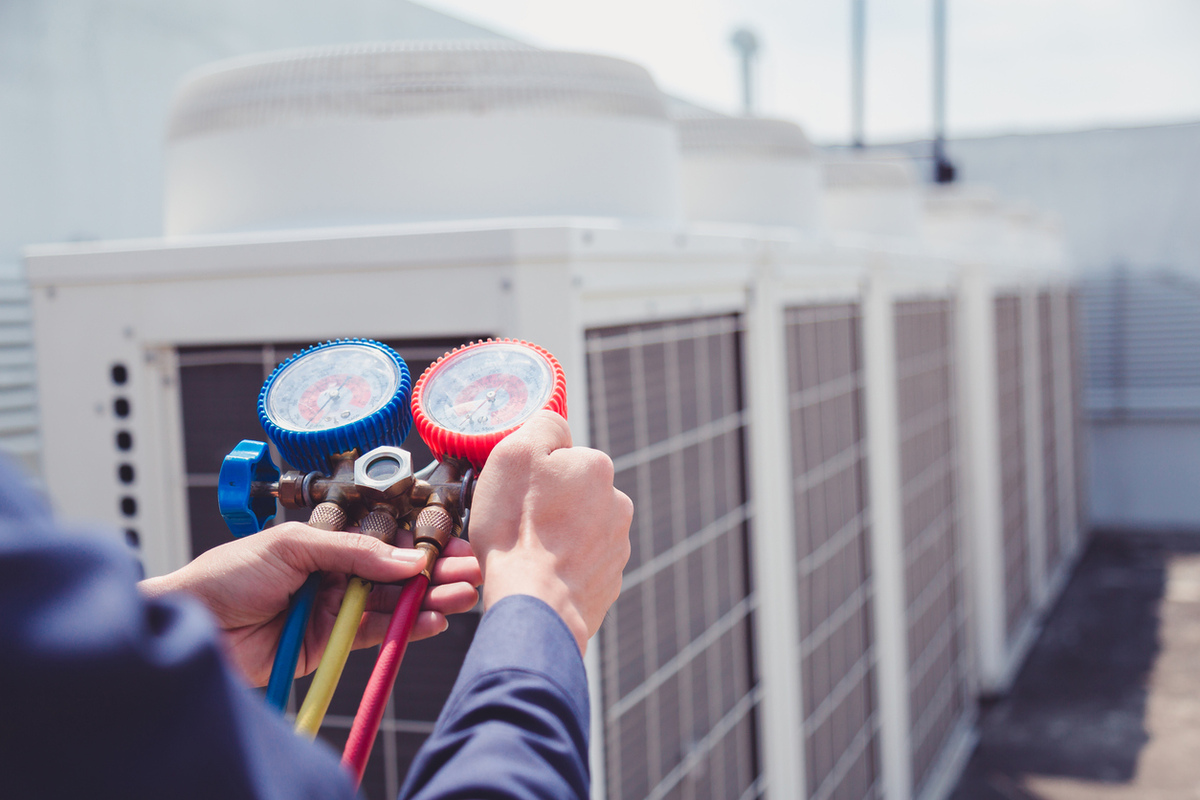
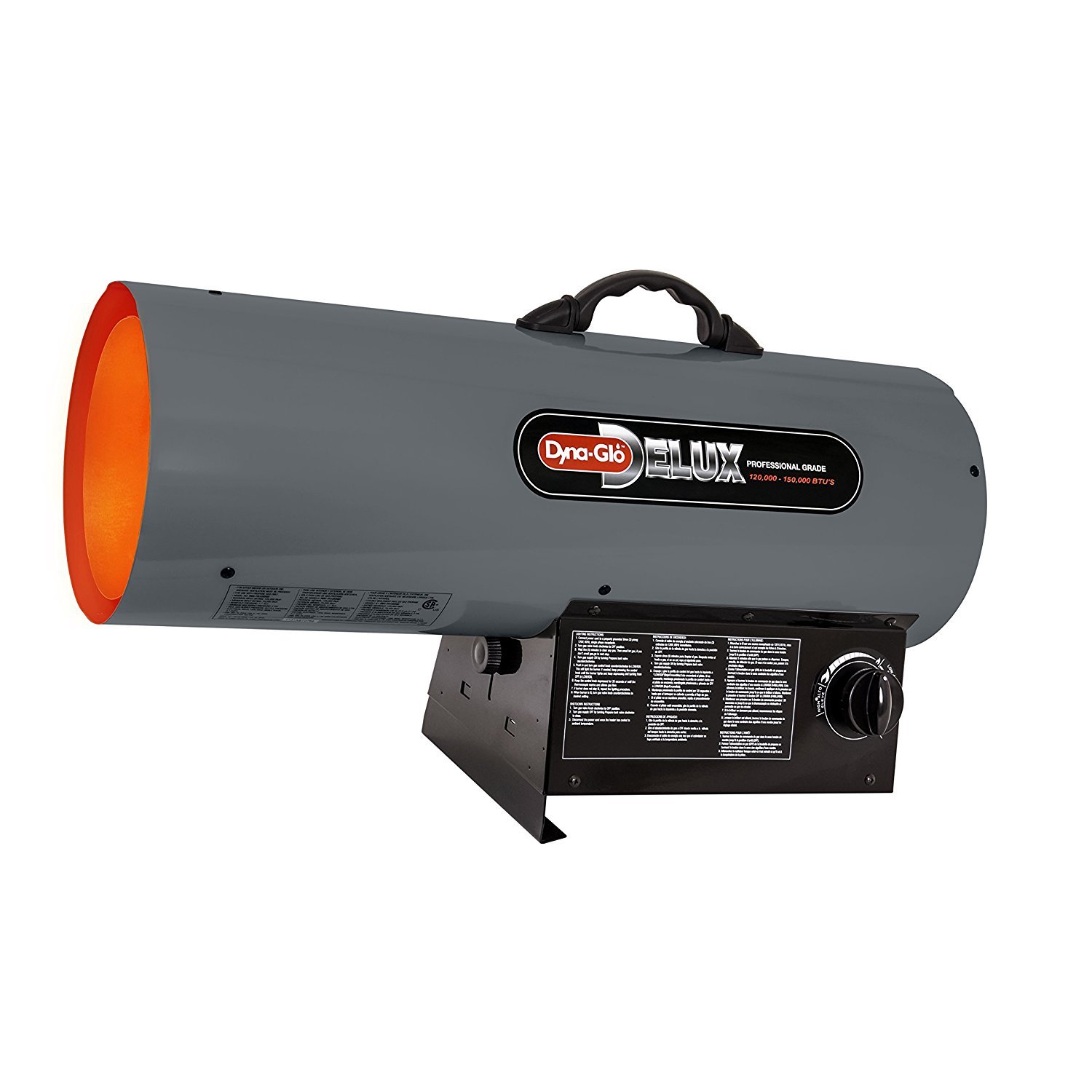
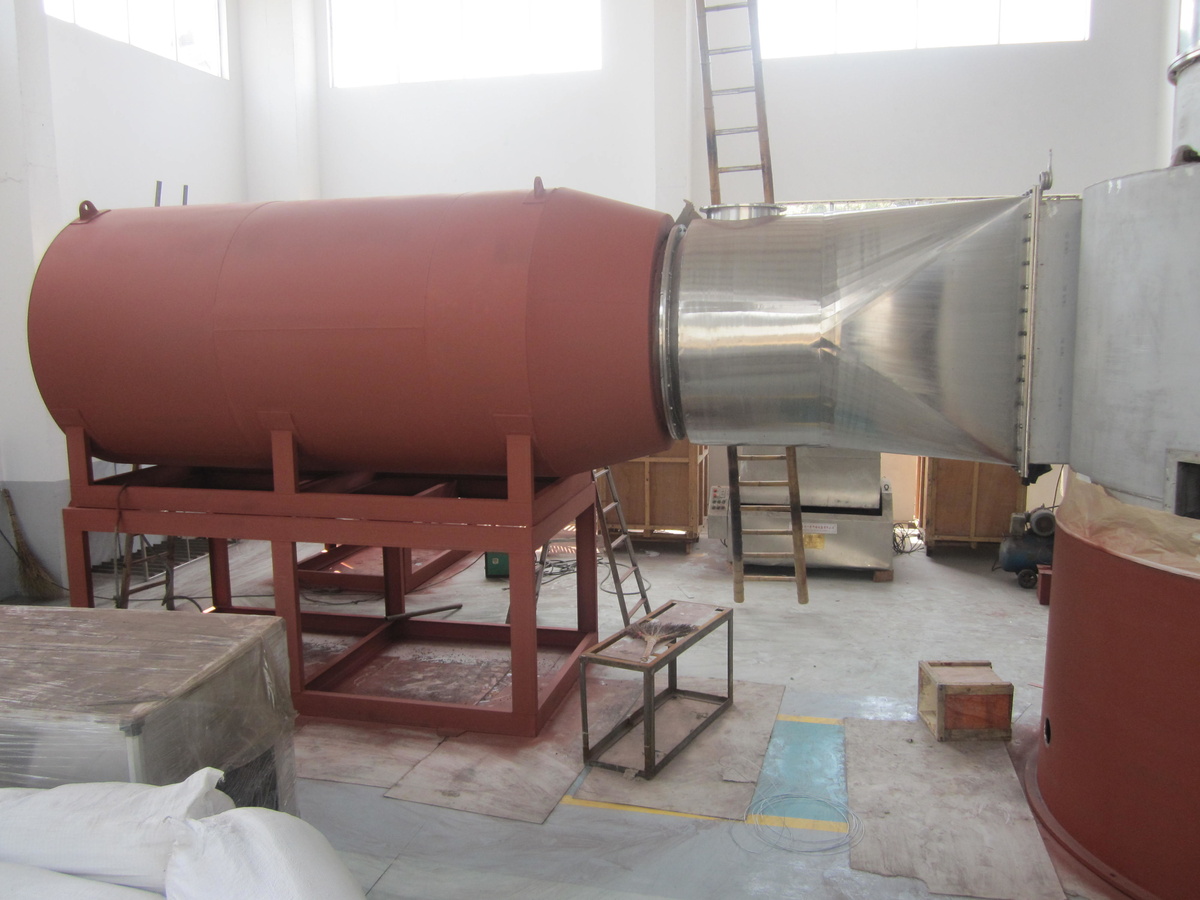
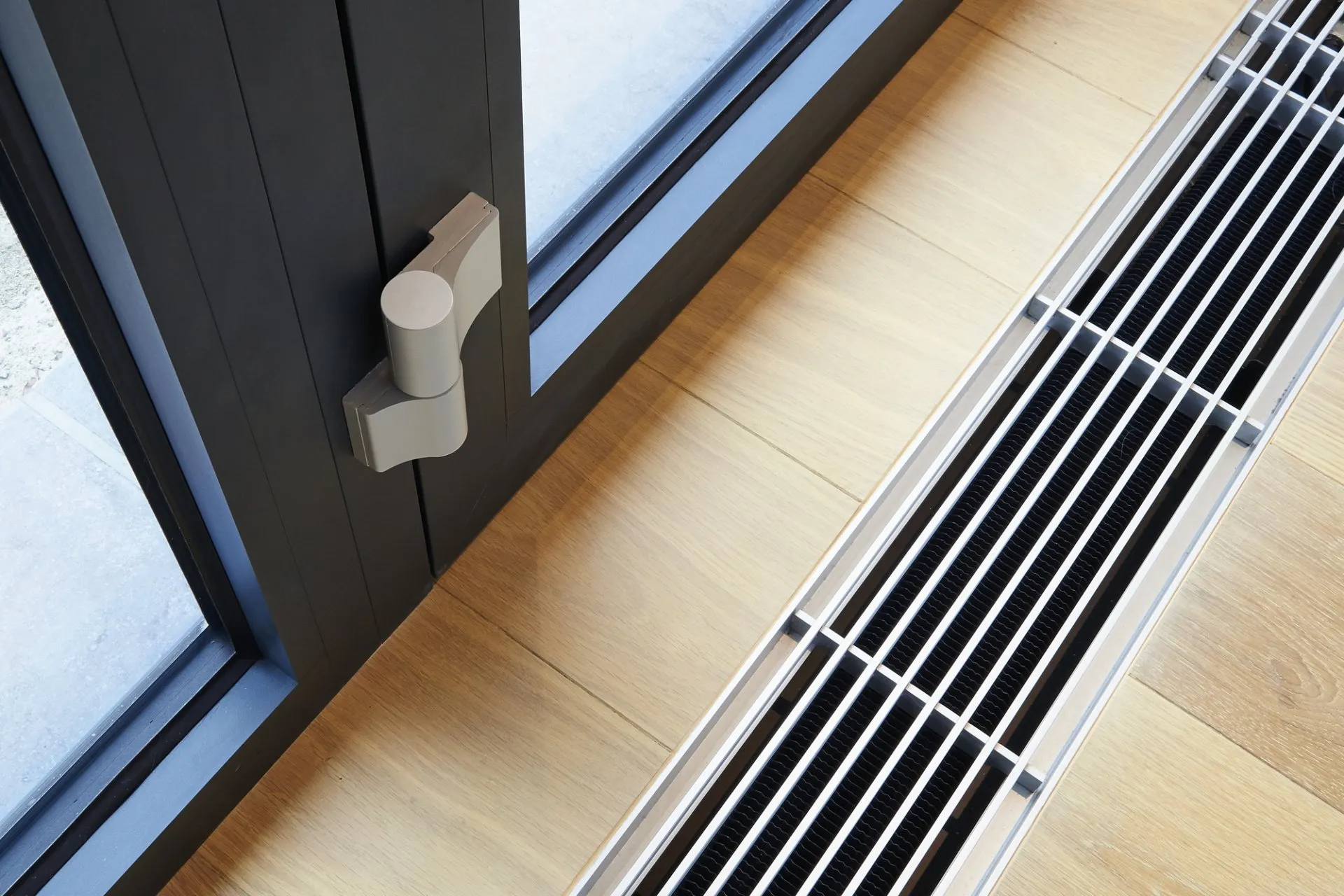
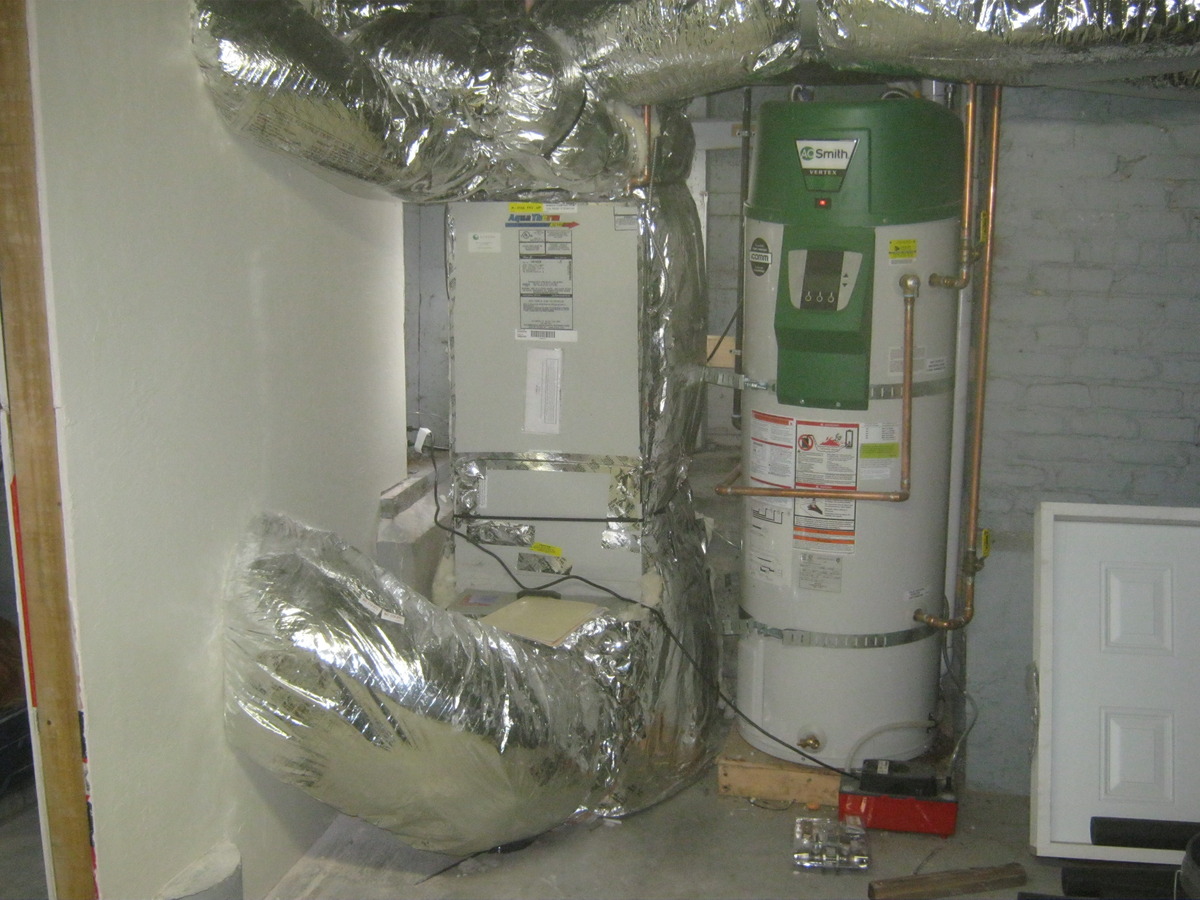
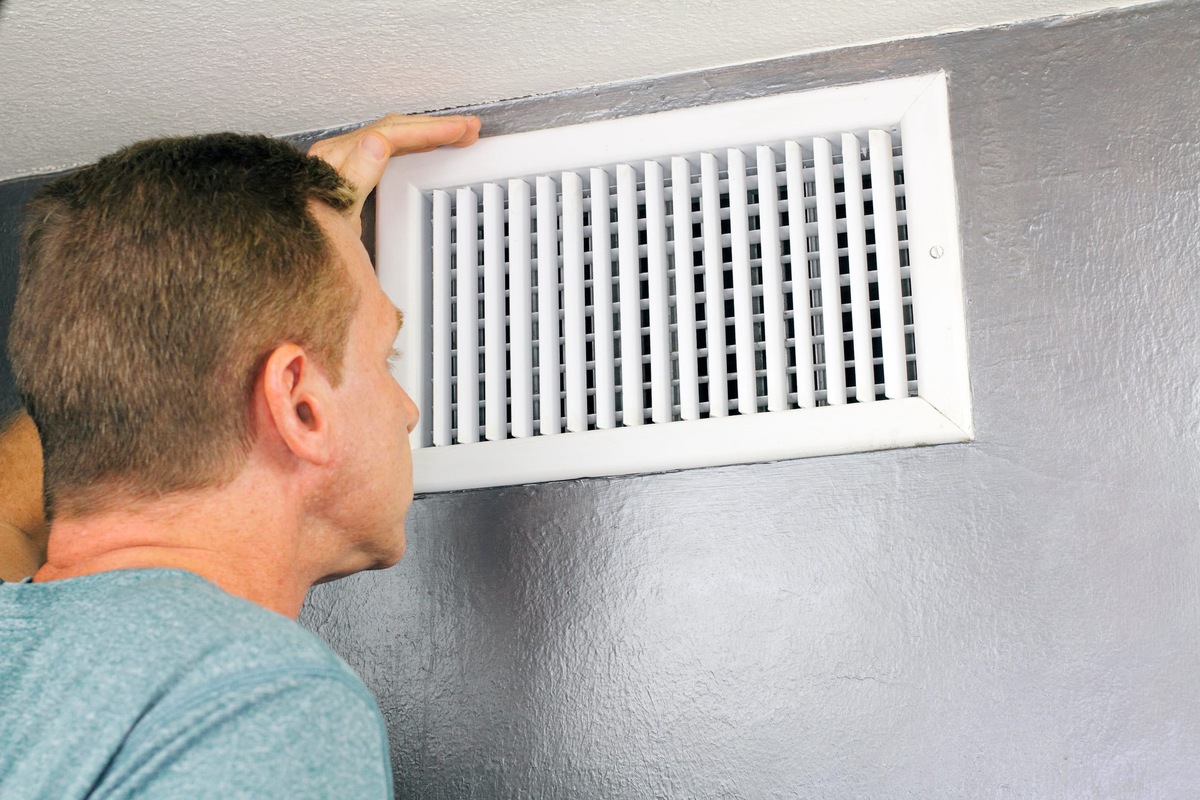
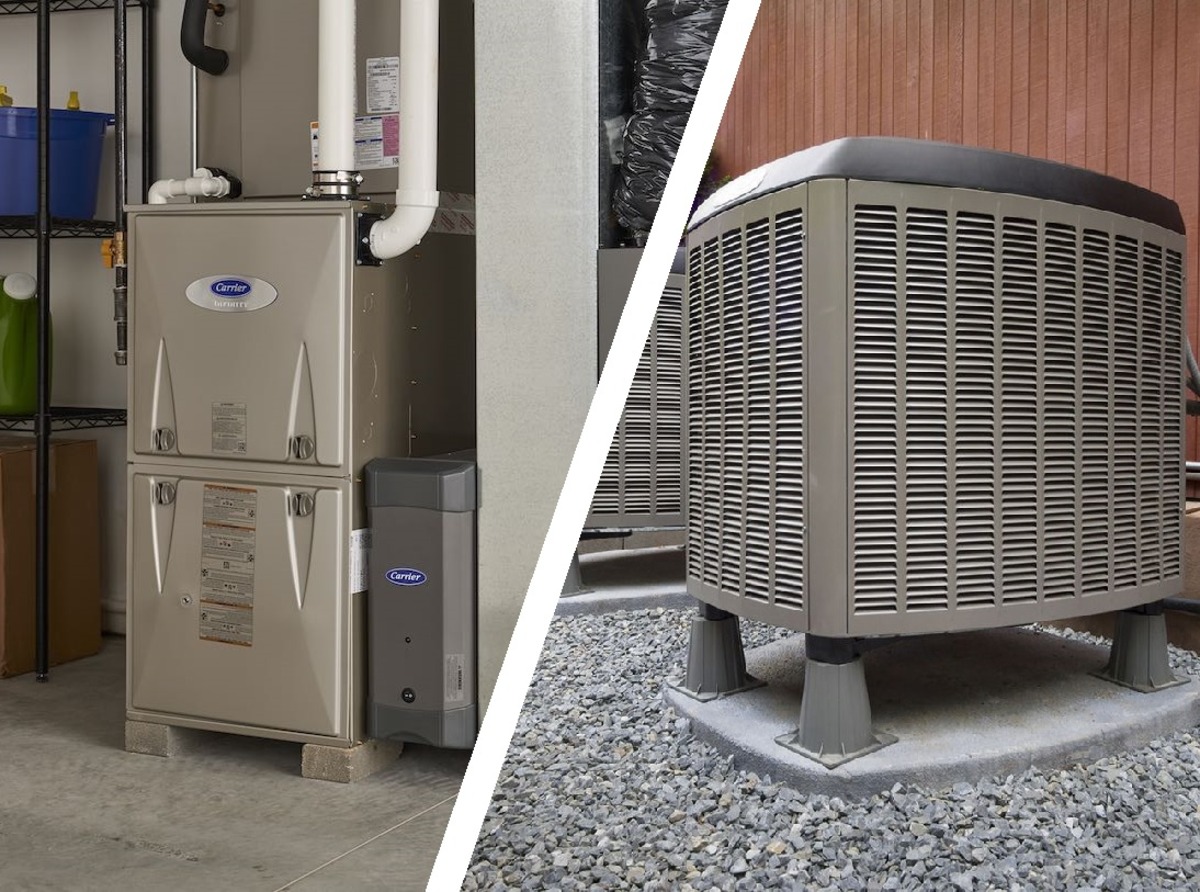
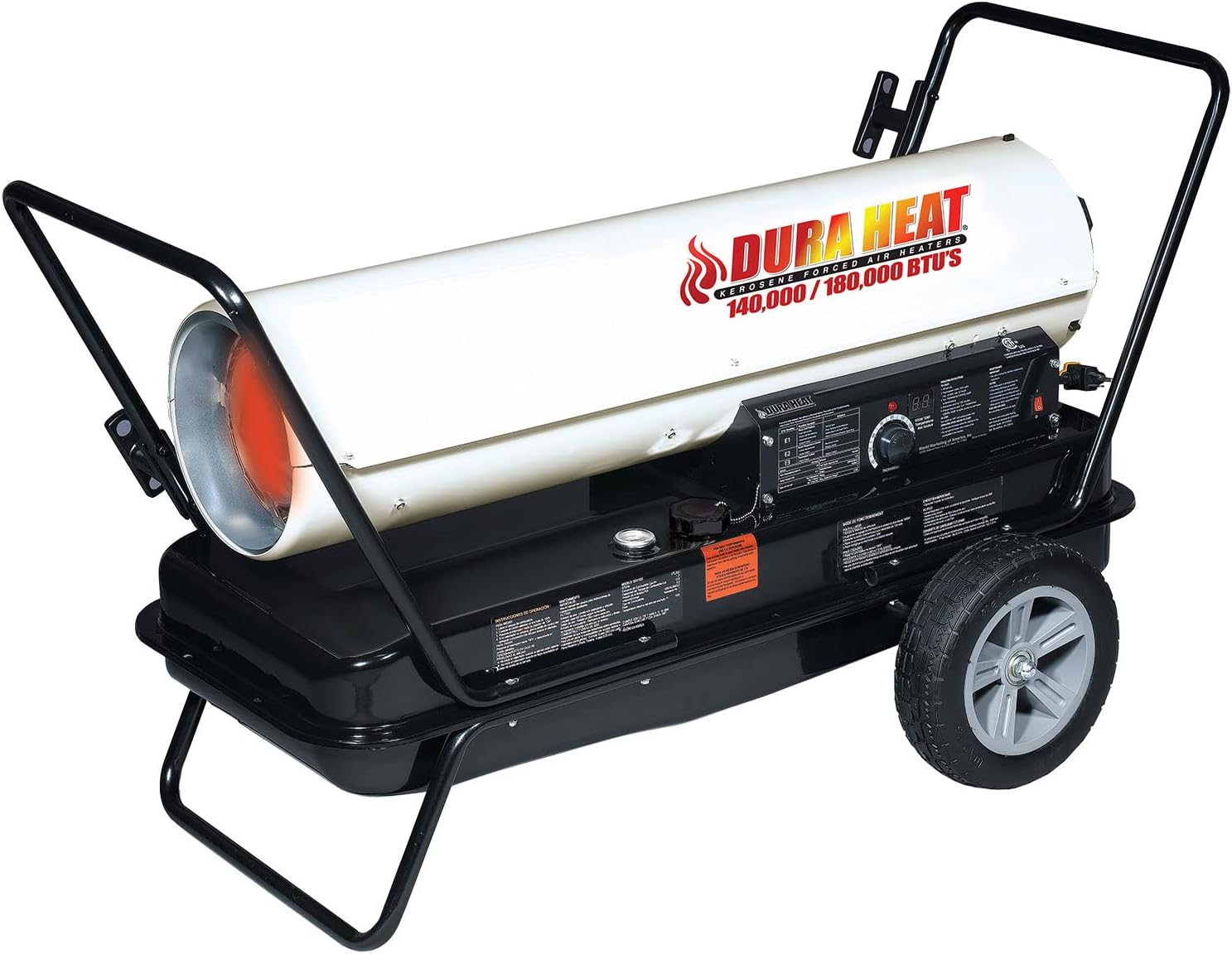
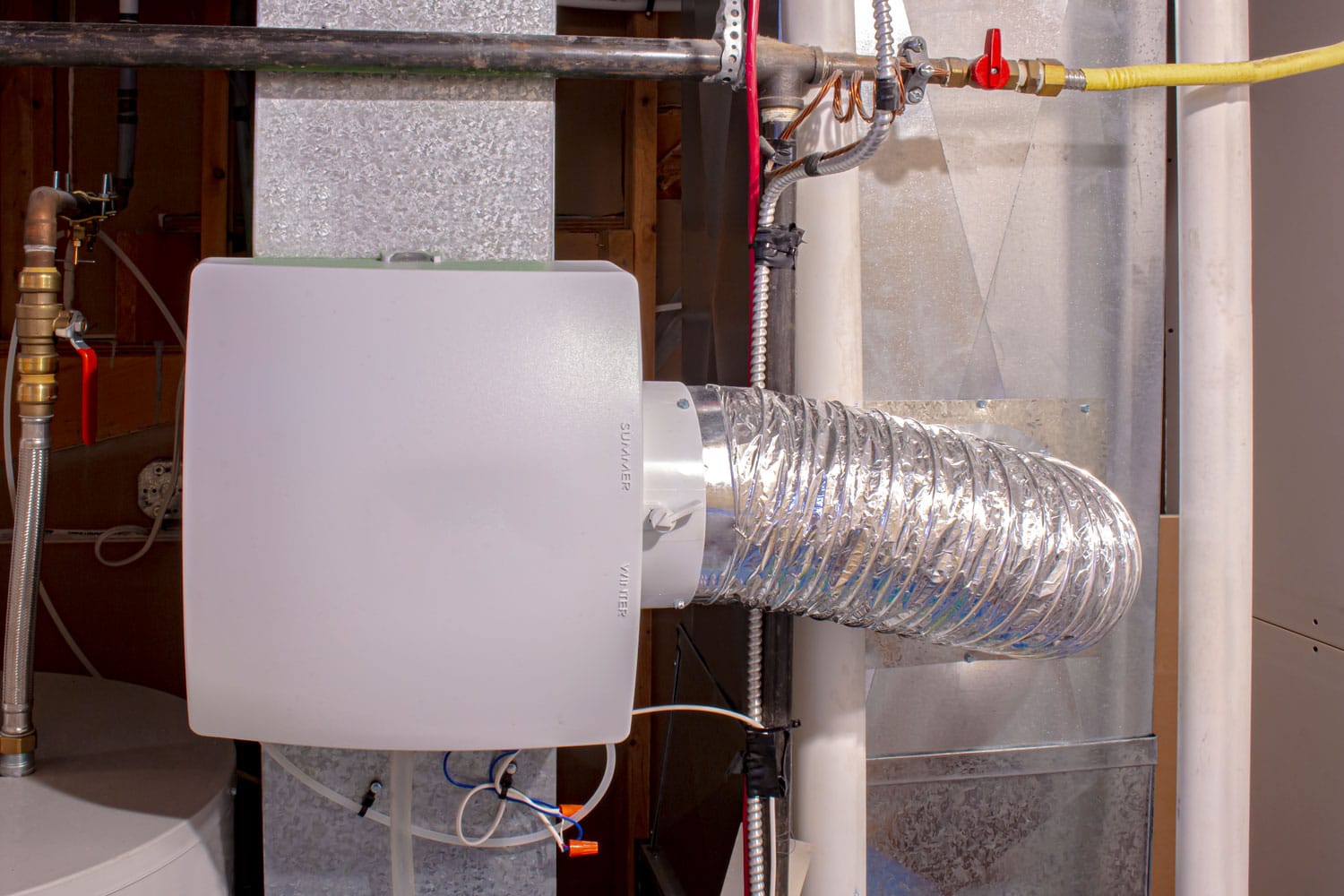
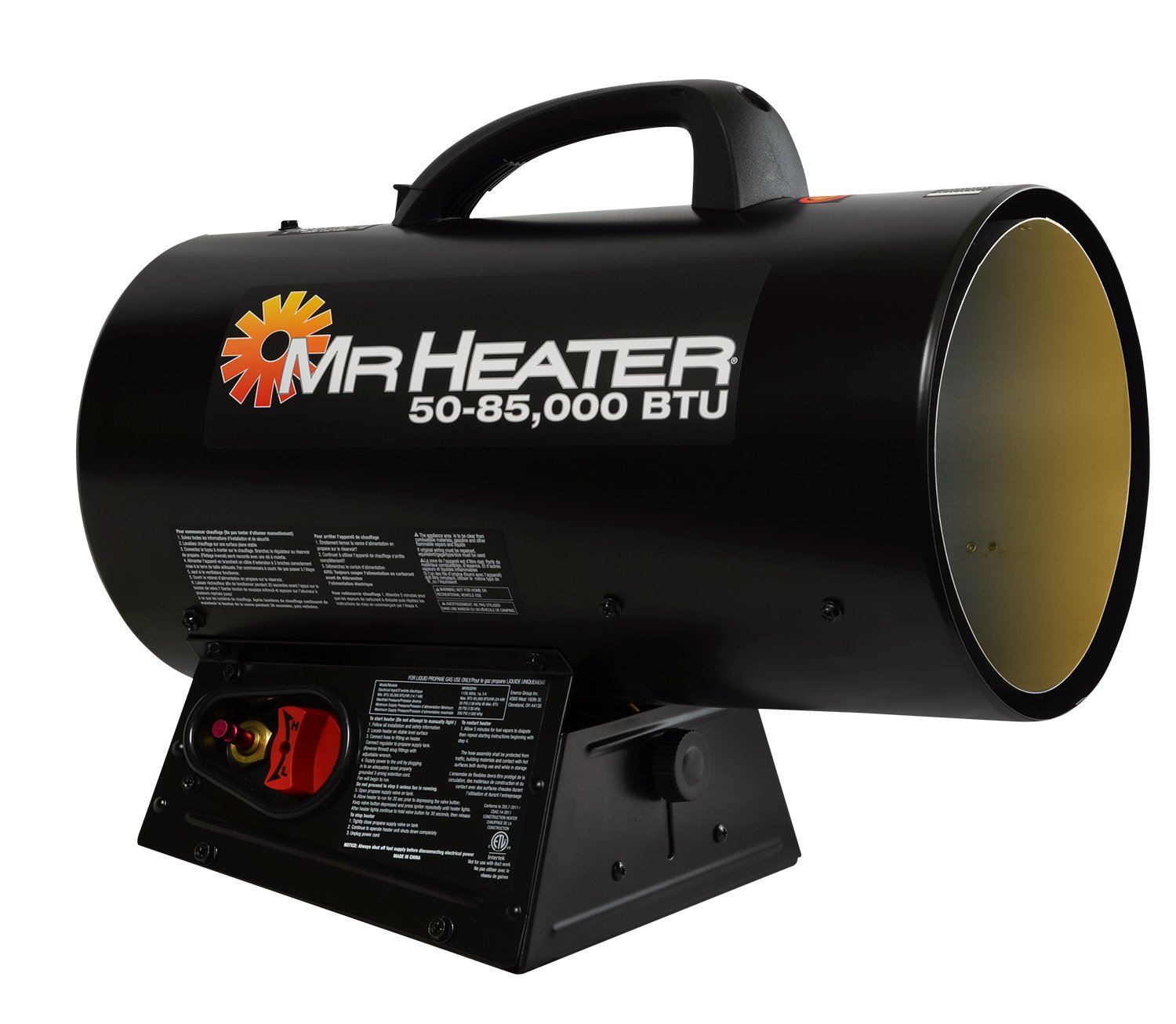
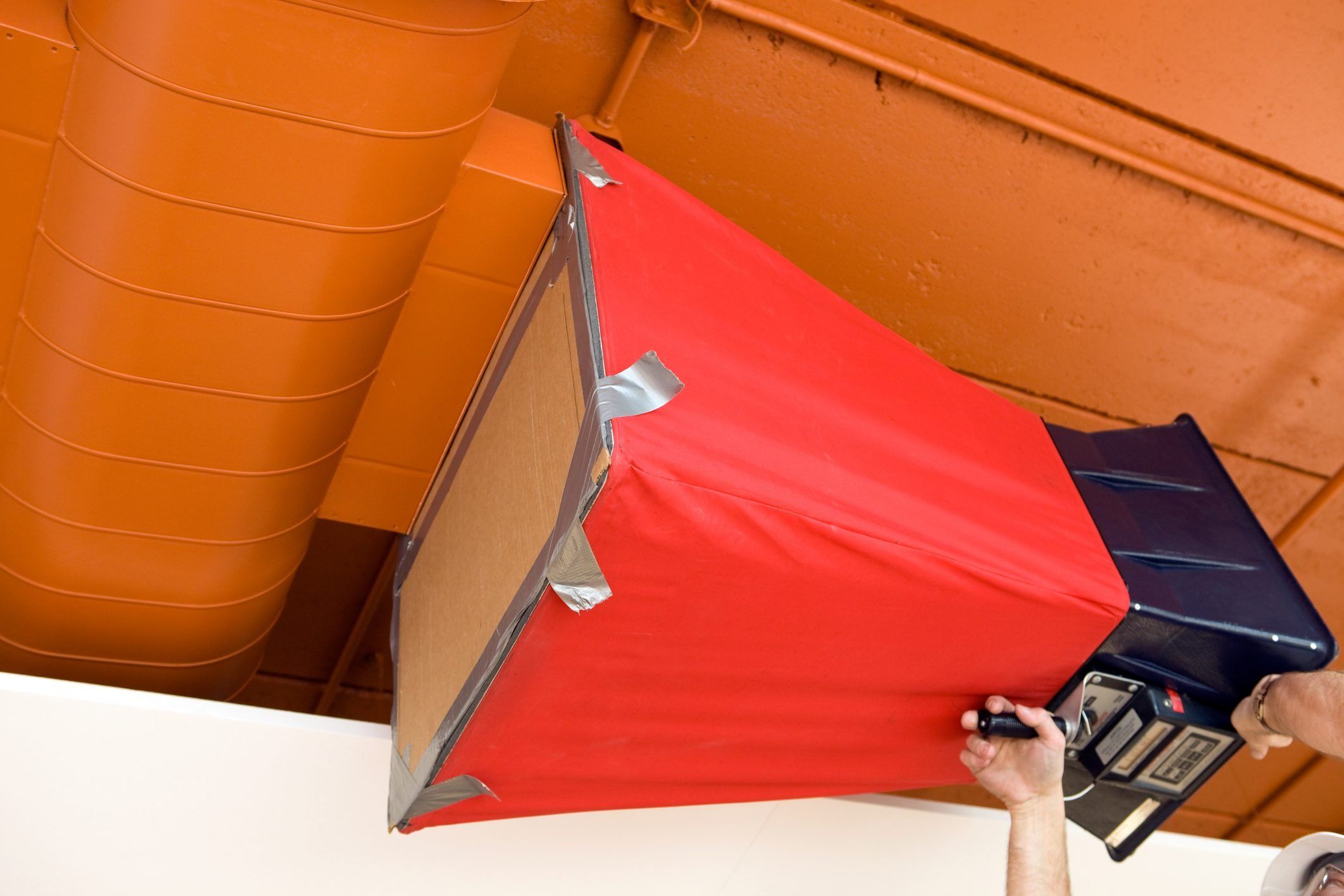
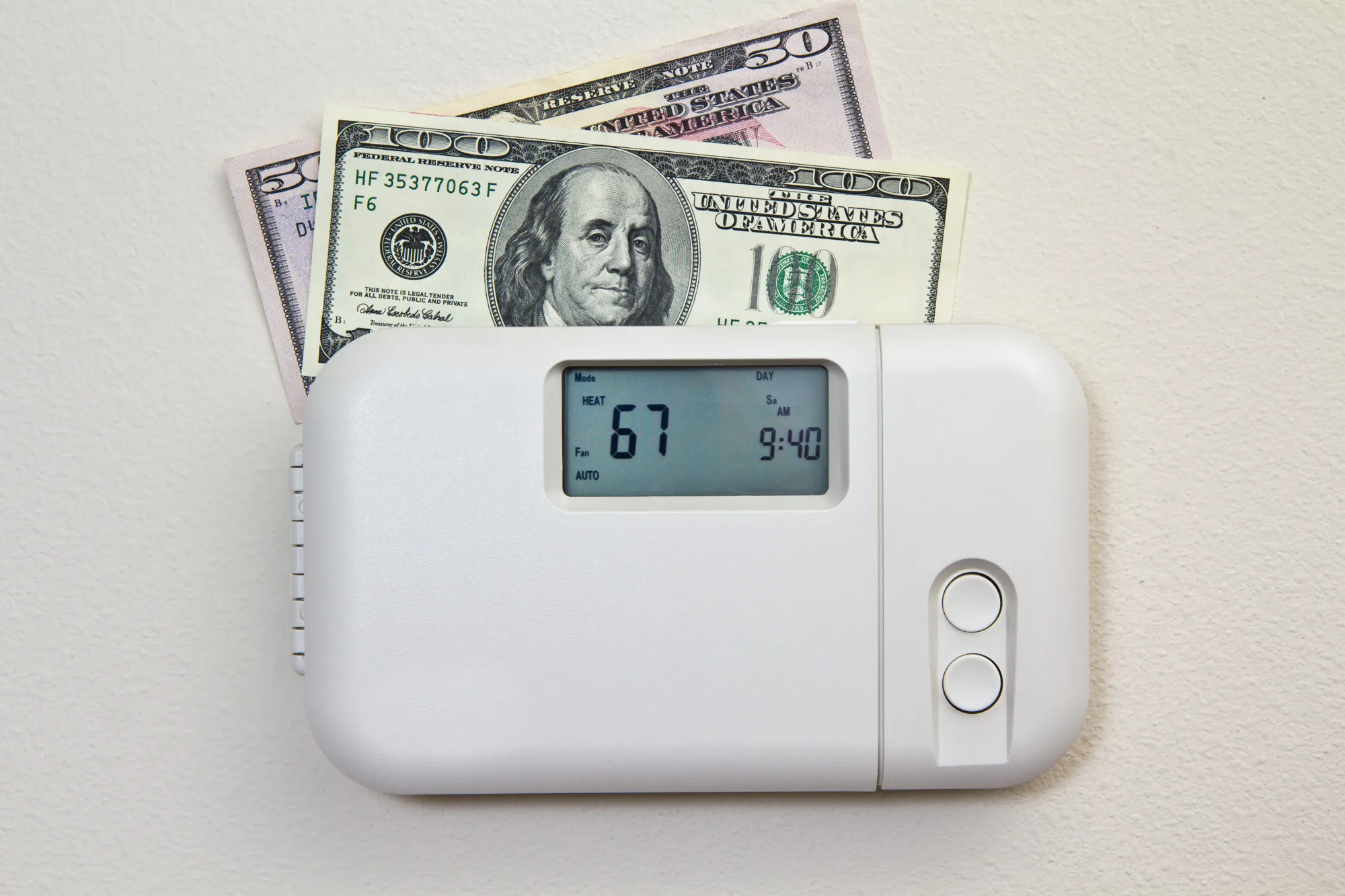

0 thoughts on “How To Vent A Flueless Central Forced Hot Air Heating System”